The Unmatched Power of Television: Why TV Advertising Outshines Competitors
In today’s rapidly evolving media landscape, marketers are constantly seeking the most effective channels to maximize brand impact. A recent study conducted by Kantar and commissioned by ThinkTV has shed light on the unparalleled effectiveness of television advertising. According to the study, Total TV generates twice the overall brand impact compared to its nearest competitor, online display. This finding highlights the enduring power of television in an era dominated by digital media.
Key Findings from the Kantar Study
The comprehensive research involved a meta-analysis of 179 campaigns, evaluated against four critical brand metrics: brand awareness, brand association, brand motivation, and brand consideration. The study differentiated between the solus impact of individual channels and their interaction impact when used in conjunction with others.
- Top-of-the-Funnel Impact: For campaigns aimed at generating brand awareness, Total TV demonstrated a 13% higher interaction impact compared to the second-best medium, out-of-home (OOH) advertising. This underscores TV’s ability to capture and retain audience attention in the early stages of the purchase funnel.
- Bottom-of-the-Funnel Efficacy: When promoting specific product features and benefits, Total TV was found to generate 1.8 times the brand consideration impact of the next highest channel. This indicates TV’s strength in influencing consumer decision-making closer to the point of purchase.
- Overall Brand Impact: The study revealed that removing TV from a media mix could risk an average loss of 39% in brand impact throughout the entire purchase funnel. This statistic serves as a stark reminder of TV’s critical role in a balanced media strategy.
Factors Contributing to TV’s Effectiveness
Straford Rodrigues, Kantar’s head of media and marketing effectiveness, emphasized three key factors contributing to the superior performance of Total TV:
- Creative Synergy: The alignment and synergy between TV creatives and those used in other media channels play a significant role. Tailoring messages to fit the unique strengths of TV enhances overall campaign effectiveness.
- Simultaneous Channel Execution: Running TV ads in parallel with other channels maximizes reach and reinforces brand messaging. Strategic scheduling is crucial for amplifying message impact.
- Medium Consumption: Television’s “lean-back” consumption style allows viewers to absorb messages more deeply, fostering better storytelling and brand recall.
Implications for Advertisers
Kim Portrate, CEO of ThinkTV, advises advertisers to carefully consider their media spend, especially in uncertain economic conditions. While it might be tempting to replace TV with cheaper media options, the research clearly indicates that such substitutions could harm a brand’s campaign success. The study highlights the potential cost of making “wrong choices” in media planning, emphasizing that even cost-effective options can lead to diminished returns.
Conclusion
The Kantar study reinforces the enduring value of television as a critical component of a successful advertising strategy. Despite the rise of digital media, TV remains a formidable force in driving brand impact. As advertisers strive to optimize their media investments, understanding the unique advantages of TV can inform more effective and impactful campaigns. By leveraging the strengths of Total TV, brands can continue to captivate audiences and achieve their marketing objectives in an increasingly digital world.



Leave a Reply